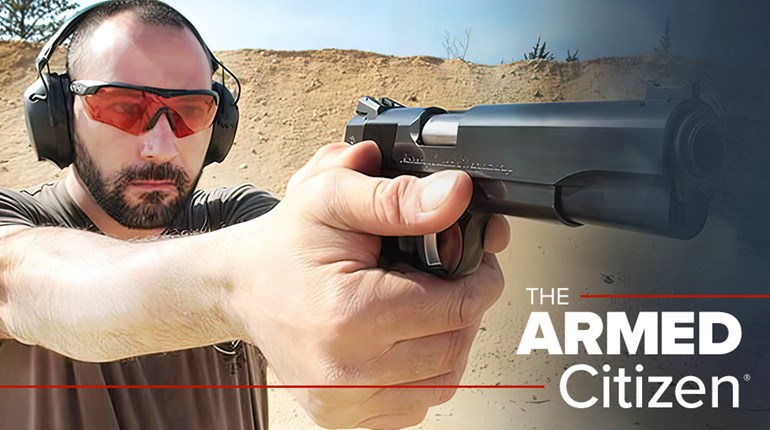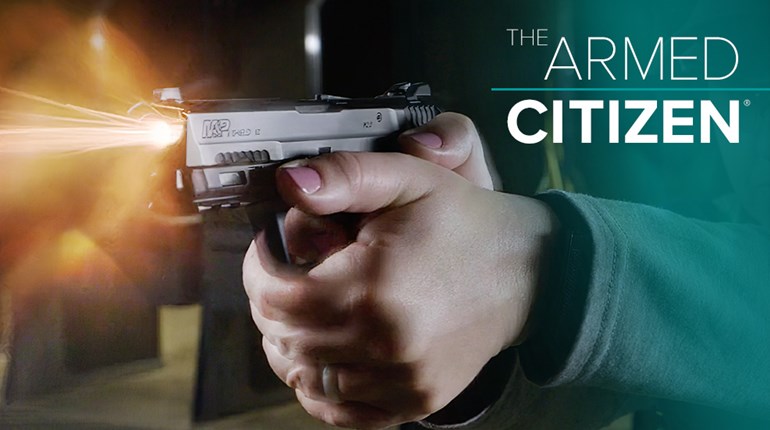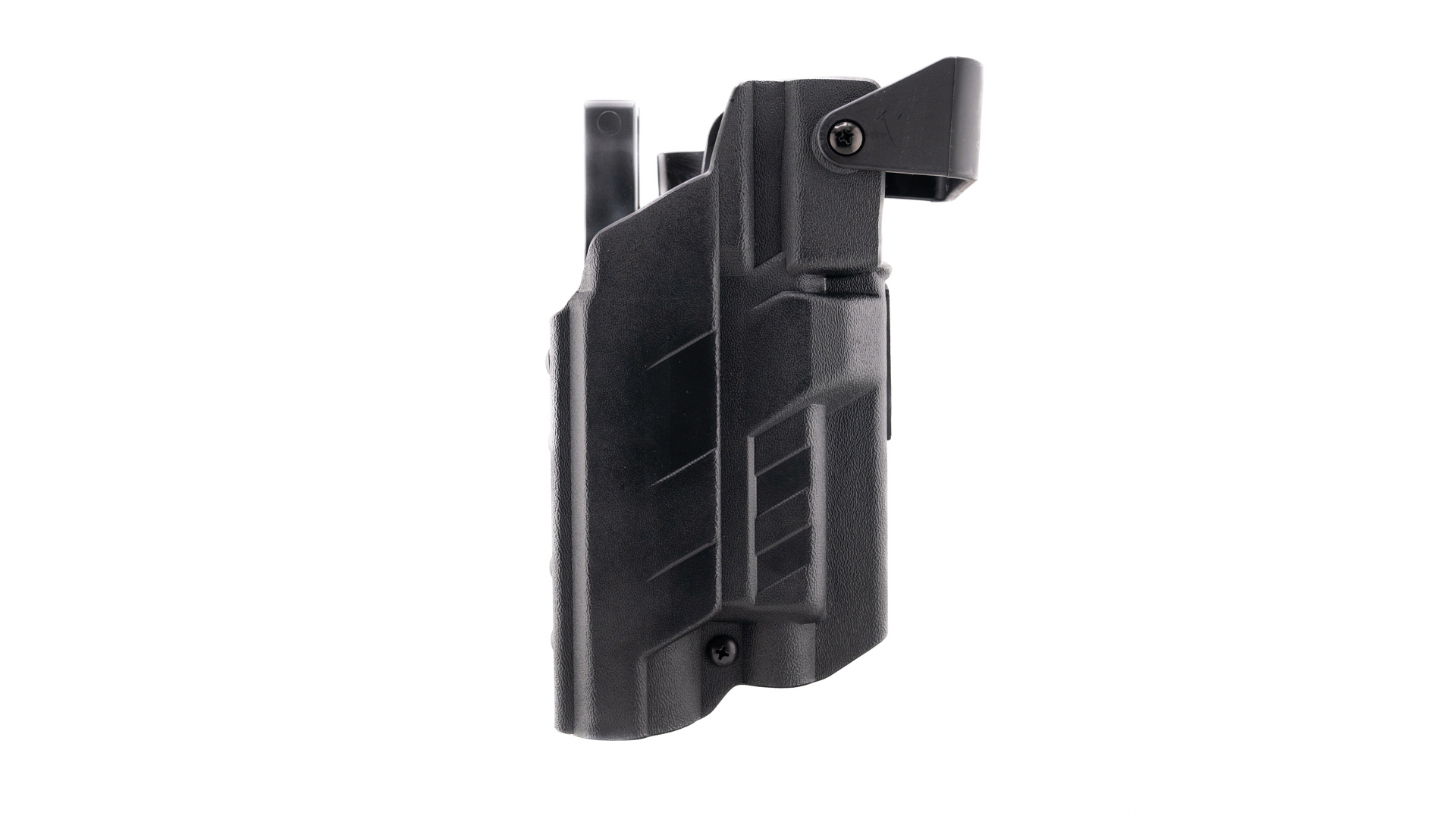
The “Armed Citizen” column in your NRA magazine is a great guide to successful self-defense actions. Each entry offers valuable lessons.
Quite often, in talking to folks about personal defense, we find students who have never been a victim, or even a witness, to a violent crime. They certainly know this can happen to them and that’s why they are taking a class, but they honestly don’t know what to expect should the day come when they have to defend themselves or their family. In conjunction with their training, they really need a study guide to help them understand the things that can happen. Certainly, there have been a number of books written about violent encounters, but there is also an excellent study guide to which all NRA members have access. It is called “The Armed Citizen.”
Yep, I’m talking about the same column that has been appearing in NRA magazines since I first joined the outfit many moons ago. In fact, our editor looked it up and reported that the column has been in print since 1958. Each month, the column reports actual examples of citizens defending themselves against criminal attack in a lawful and successful manner. If we would just take the time to study them, we would find that there is a lot of useful information in those reports. We can find examples of situations that were handled extremely well, and also cases that could have been handled a little better.
Looking over a number of recent issues at hand, it becomes clear that home invasions are a common threat. In many of those cases, just the fact that the crooks realize the citizen is armed causes them to disengage and flee. In other cases, a few shots being fired brings the invasion to a close even if the crook has not been hit. Another positive observation is how the majority of the armed citizens allowed the criminal to flee and did not chase him after he exited the property, leaving that up to the authorities.
Regarding home invasions, one of the negative lessons I observed were the number of people who opened their doors at the knock of a stranger. To begin with, every homeowner should do whatever it takes to be able to see who is at the front door, without first opening it. Peep holes, security cameras and side windows are just some of the ways a person can see who is at the door without opening it. And, finally, though this should be obvious, no one is obligated to open their door to a stranger, nor should they.
Another lesson to be learned by studying “The Armed Citizen” is the number of people who ended up in harm’s way by trying to deal with people who appeared to be emotionally disturbed. One guy ended up getting knifed because he tried to help a fellow who was throwing a fit at one of those self-checkout counters. Another citizen was about to drive out of a parking lot, but instead got out of his car to see what a stranger wanted and ended up having to shoot the deranged individual when that stranger attacked him. And then there was the customer who went back into the barber shop and started shooting because he was angry over the haircut that he’d recently gotten. Clearly, the lesson for the armed citizen is to avoid emotionally disturbed people. We perform a better service, not to mention safer one, when we keep our distance and notify law enforcement.
Family disturbances and neighborhood arguments are also common situations that can, and do, turn violent. When all of the parties involved have lost their temper, violence is not far away. Many of these situations could possibly have been avoided if just one of the parties had disengaged and sought a more peaceful solution at a later date.
One of the interesting takeaways from reading “The Armed Citizen” is the great variety of handguns, rifles and shotguns that have been deployed successfully to end an attack. Caliber is clearly not nearly as important as shot placement. In connection with that, it also becomes clear the number of cases that are resolved with whatever amount of ammunition happens to be in the gun. You just see very few cases of a citizen needing to reload in order to solve the problem.
Obviously, the armed citizen should carry as much extra ammunition as he or she feels comfortable with. And, most instructors suggest that at least one reload is essential—few instances of needing to reload is not zero instances. However, by studying these actual shootings, it is clear that determination and shot placement trump round count, which is all the more reason for armed citizens to get professional training.
Clearly, without going to extra expense or trouble, “The Armed Citizen” column can serve as an excellent study guide for the citizen who is serious about improving his or her personal safety. I would suggest that family and friends can use the monthly column to create discussions that will strengthen their personal-defense plan. They will find techniques that work great and techniques that worked, but could have been improved upon.
“The Armed Citizen” is right there in your monthly NRA magazine. Will it just be a page that you skip over while looking for interesting articles, or will it be a foundation for making you and your family a harder target? The choice is really up to you.





































